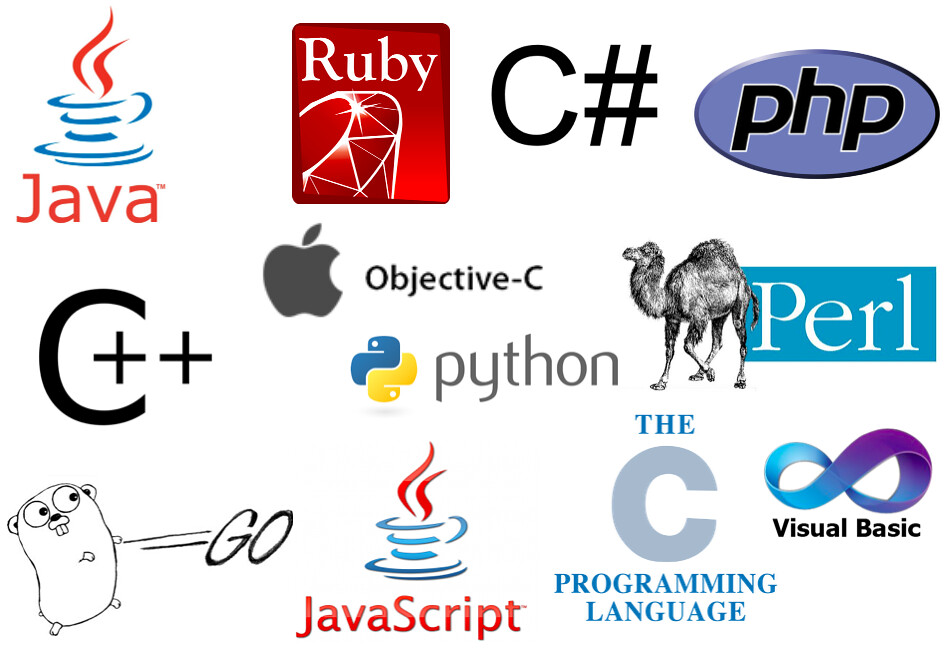How do you think we communicate with a computer? A computer cannot understand any commands that you may give in English or in any other language. It has its own set of instructions for communication, or what we call computer languages. This is an important part of your syllabus for banking exams. Let us take a look.
Suggested Videos
Computer Languages
The user of a computer must be able to communicate with it. That means, he must be able to give the computer commands and understand the output that the computer generates. This is possible due to the invention of computer languages.
Basically, there are two main categories of computer languages, namely Low Level Language and High Level Language. Let us take a brief look at both these types of computer languages.

1] Low Level Languages
Low level languages are the basic computer instructions or better known as machine codes. A computer cannot understand any instruction given to it by the user in English or any other high level language. These low level languages are very easily understandable by the machine.
The main function of low level languages is to interact with the hardware of the computer. They help in operating, syncing and managing all the hardware and system components of the computer. They handle all the instructions which form the architecture of the hardware systems.
Browse more Topics under Basics Of Computers
- Number Systems
- Number System Conversions
- Generations of Computers
- Computer Organisation
- Computer Memory
- History of Computers
- Computers Abbreviations
- Basic Computer Terminology
- Basic Internet Knowledge and Protocols
- Hardware and Software
- Keyboard Shortcuts
- I/O Devices
- Practice Problems On Basics Of Computers
Learn more about Important Internet Protocols here in detail
Machine Language
This is one of the most basic low level languages. The language was first developed to interact with the first generation computers. It is written in binary code or machine code, which means it basically comprises of only two digits – 1 and 0.
Assembly Language
This is the second generation programming language. It is a development on the machine language, where instead of using only numbers, we use English words, names, and symbols. It is the most basic computer language necessary for any processor.
2] High Level Language
When we talk about high level languages, these are programming languages. Some prominent examples are PASCAL, FORTRAN, C++ etc.
The important feature about such high level languages is that they allow the programmer to write programs for all types of computers and systems. Every instruction in high level language is converted to machine language for the computer to comprehend.
Scripting Languages
Scripting languages or scripts are essentially programming languages. These languages employ a high level construct which allows it to interpret and execute one command at a time.
Scripting languages are easier to learn and execute than compiled languages. Some examples are AppleScript, JavaScript, Pearl etc.
Object-Oriented Languages
These are high level languages that focus on the ‘objects’ rather than the ‘actions’. To accomplish this, the focus will be on data than logic.
The reasoning behind is that the programmers really cares about the object they wish to manipulate rather than the logic needed to manipulate them. Some examples include Java, C+, C++, Python, Swift etc.
Procedural Programming Language
This is a type of programming language that has well structured steps and complex procedures within its programming to compose a complete program.
It has a systematic order functions and commands to complete a task or a program. FORTRAN, ALGOL, BASIC, COBOL are some examples.
Practice Questions for You
Q: Which was the first computer language for an electronic device?
- Machine Language
- Assembly Language
- Short Code
- FORTRAN
Ans: C
Q: Visual Basic (VB) was derived from which of the following?
- BASIC
- ALGOL
- PERL
- C++
Ans: A
Q: FORTRAN was developed at ____?
- Apple
- Sun Technology
- IBM
- Intel
Ans: C






THANKS ,THIS IS THE VERY USEFUL KNOWLEDGE